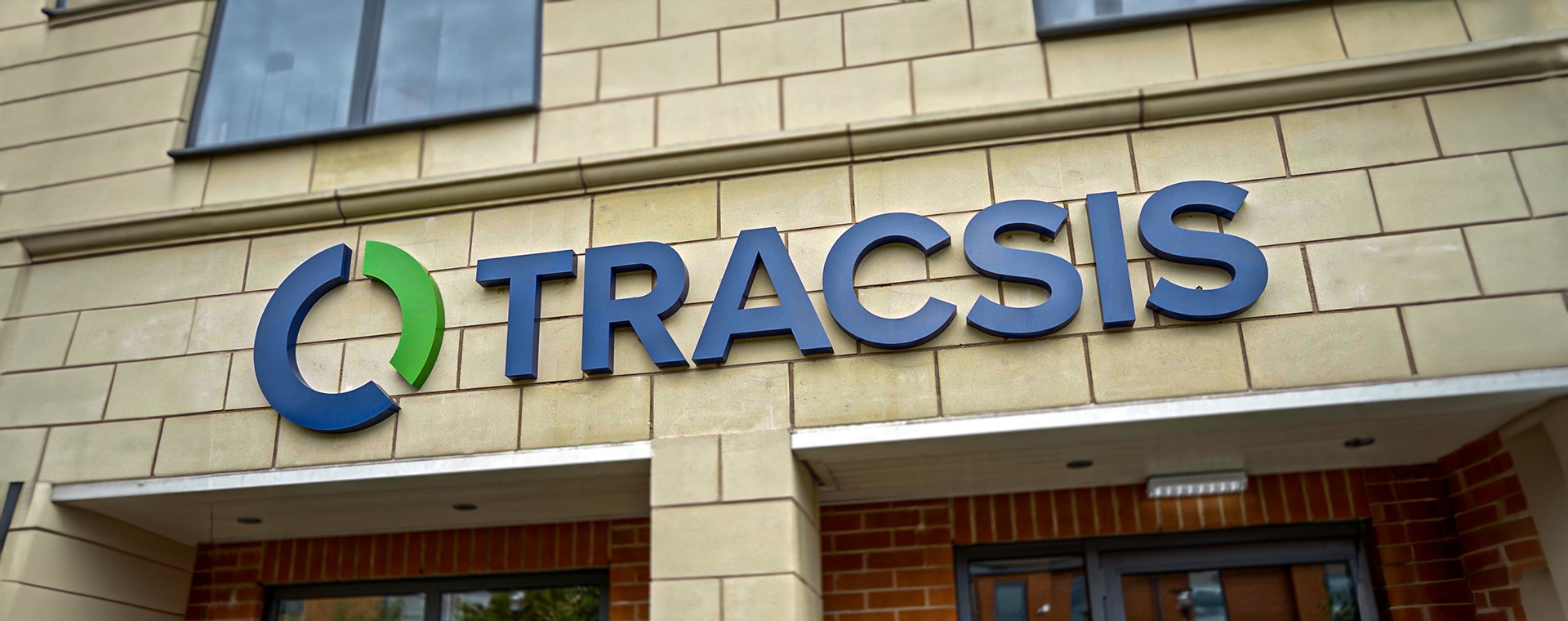Tracsis provides cycling insights in our capital.
Tracsis have collaborated with Transport for London (TfL) and Vivacity Labs to provide an AI sensor based survey of key routes in London. The surveys have replaced manual surveys that have been used in the past and have proved that the new technology is more accurate, reliable and safer to use than historic methods of manual data collection. The insights we provide will inform TfL’s strategic planning for future cycle routes through the city.

Our technology partners Vivacity Labs have developed machine learning software, which is trained to recognise different types of vehicle in the video feed. The tracking software provides a live path and speed of each object within the field of view. Tracsis teams set up trials on Millbank and provided all the control counts using digital video cameras to provide benchmarking for the new technology and ensure accuracy of the overall project. We liaised with TfL directly to develop the specification for the trials.
TfL stated trials of the Vivacity Labs sensors in 2018 at two locations along the busy Millbank route. The trial results showed that the technology was delivering up to 98% accuracy. One of the key benefits is that the sensors continually gather data which is far more detailed than anything previously available. The video data is processed within seconds and then the video is deleted so that no personal data is ever held.
As well as detecting cyclists, the sensors also detect people walking and other types of traffic, including cars, HGVs, vans, motorcyclists and buses, which should lead to a much better understanding of demand on the road network and how TfL can balance it.
In a recent article in Intelligent Data News London’s Walking and Cycling Commissioner, Will Norman, said: “By getting more people cycling and walking, we can help to tackle congestion and pollution in London and improve our health. Our Healthy Streets approach is based on evidence and data and we welcome new technology that supports this.”
Glynn Barton, TfL’s Director of Network Management, added: “We work around the clock to keep people in London moving and we’re always looking for innovative new ways of making our roads safer and more efficient. New data from trials such as this will be really valuable as we invest and make day-to-day decisions to enable more people to walk and cycle.”
Nick Mather, Tracsis Business Development Director said: “The plan is that following this trial there will be sensors installed at a further 20 locations in central London and the obvious development will be that we work with our partners to take the technology to other major cities who are developing greener transport projects that include active travel integrating with public transport.”
The collaboration between Tracsis and Vivacity Labs has proved to be a strong team. With years of experience and an intimate knowledge of transport data collection Tracsis are ideally placed to ensure the innovative technologies developed by Vivacity Labs are put into action across our transport networks.
References:
Intelligent Transport: TfL tests AI technology to plan and operate new cycle routes in London
Transport for London: Artificial intelligence to help fuel London’s cycling boom
